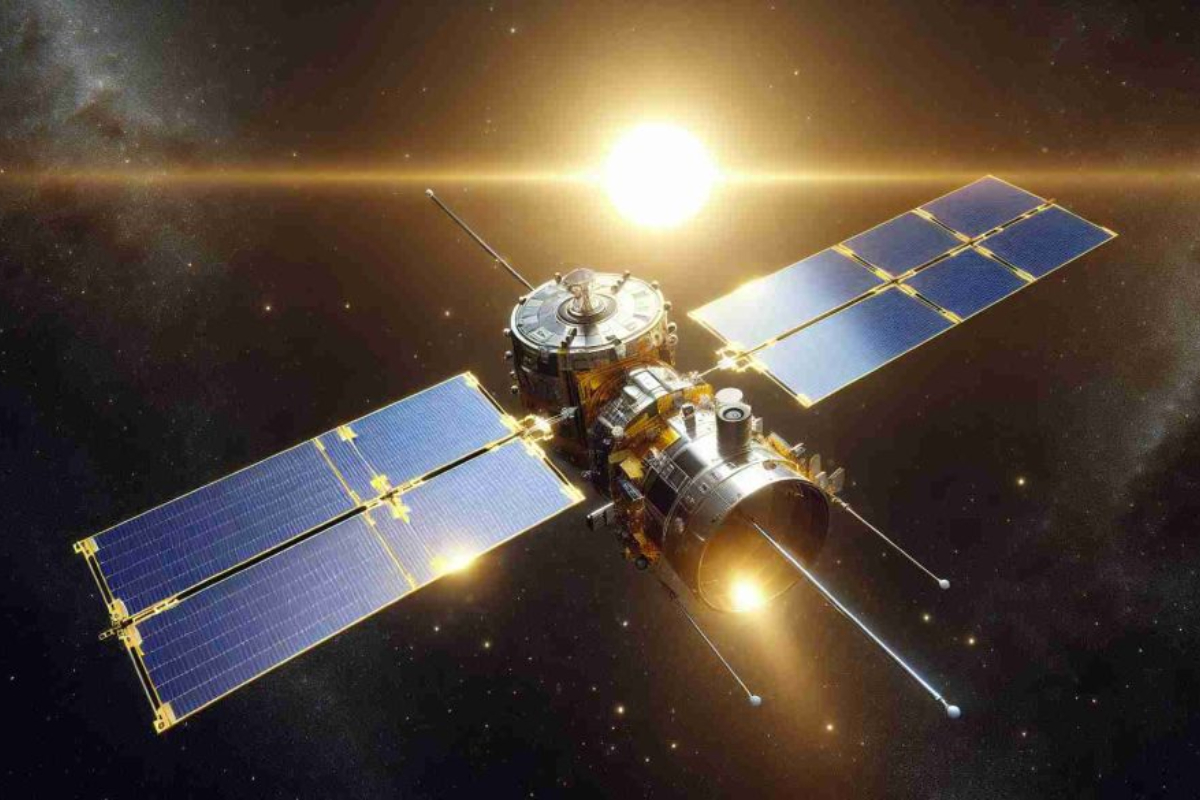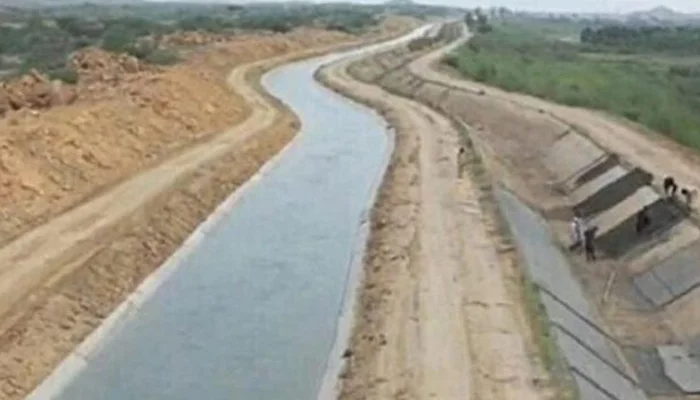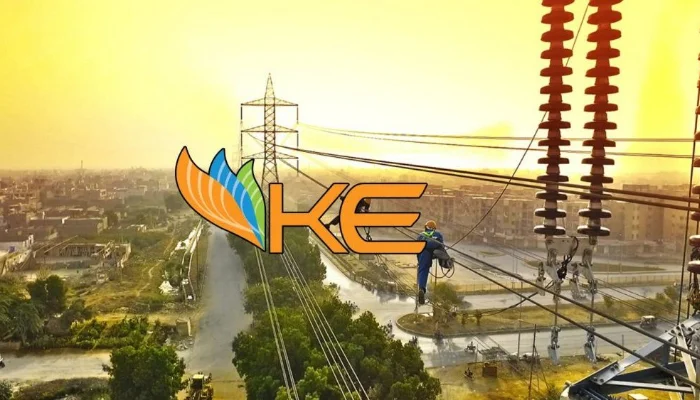- India’s Aditya-L1 solar mission in sun’s orbit after four months.
- Studies sun’s outer layers, emphasizing solar corona’s impact.
- Aims to understand solar radiation effects on satellites like Starlink.
In a groundbreaking achievement for India’s space exploration endeavors, the Indian Space Research Organisation (ISRO) has announced the successful entry of the Aditya-L1 mission into the sun’s orbit. After a four-month journey since its launch in September, the solar observation mission has reached its designated position, marking another milestone in the country’s space exploration program.
The Aditya-L1 mission, named after the Hindi word for the sun, is equipped with a variety of instruments designed to measure and observe the sun’s outermost layers.
Prime Minister Narendra Modi hailed the accomplishment, stating, “India creates yet another landmark. It is a testament to the relentless dedication of our scientists in realizing among the most complex and intricate space missions.”
The spacecraft has positioned itself at Lagrange Point 1, a strategic location from which it will conduct a comprehensive study of the sun. The primary focus of the mission is on the solar corona and its influence on space weather. Scientists involved in the project aim to unravel the mysteries of the Sun-Earth connection and gain insights into the impact of solar radiation on the growing number of satellites in orbit.
India’s Science and Technology Minister Jitendra Singh shared the news on social media, emphasizing the probe’s mission to “discover the mysteries of Sun-Earth connection.”
The Aditya-L1 mission comes on the heels of India’s successful Chandrayaan-3 mission in August, where the country became the first to land on the moon’s south pole.
Particular attention is being given to studying phenomena that affect satellite ventures, including Elon Musk’s Starlink communications network. As the number of satellites in orbit continues to increase, understanding the impact of solar radiation becomes crucial for the functioning and longevity of such satellite-based ventures.
ISRO Chairman S Somanath expressed optimism about the mission’s scientific outcomes, stating, “Today’s event was only placing the Aditya-L1 in the precise Halo orbit… A lot of people are interested in understanding this effect. So we look forward to a lot of scientific outcomes in the coming days. At least five years of life is guaranteed with the fuel left out in the satellite.”
With this successful entry into the sun’s orbit, India reinforces its position as a significant player in the global space exploration arena, contributing valuable data and insights for scientific research and technological advancements.
[embedpost slug=”/robotic-exoskeleton-enhances-walking-for-parkinsons-patients/”]





















